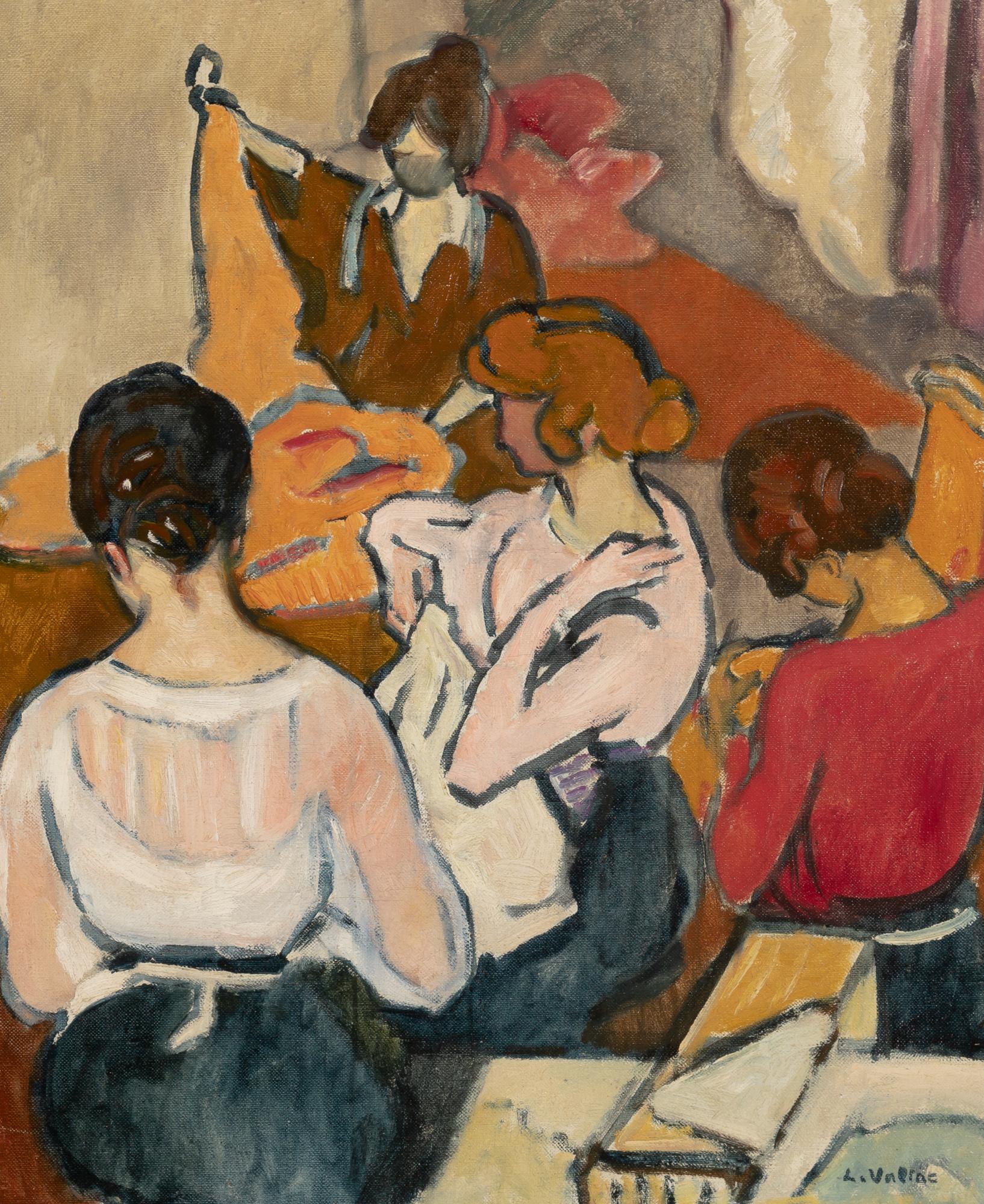
Louis Valtat
French, 1869-1952
Louis Valtat was a French painter whose work combined Impressionism and Fauvism, blending bold color with everyday subject matter. Born in Dieppe and trained in Paris, he maintained a lifelong studio in the city and became known for his expressive seascapes, floral still lifes, and sunlit street scenes.
Valtat was closely connected to artists including Paul Signac and Pierre-Auguste Renoir, whose influence shaped his approach to light and color. Though not formally part of the Fauvist group, his early use of vivid, non-naturalistic color placed him at the forefront of modernist experimentation.
In 1890, Valtat won the Prix Jauvin d’Attainville while studying at the Académie des Beaux-Arts, allowing him to establish a studio on Rue de la Glacière in Paris. He often spent winter months in the south of France, places like Banyuls, Agay, and Anthéor, seeking relief from ill health and drawing inspiration from the region’s vibrant light. His works evolve across his career: while early canvases lean into an Impressionist-Pointillist mode, later works carry a consistent commitment to expressive color, remaining engaged with the Fauvist style on his own terms.
Valtat’s work has since been exhibited internationally, including at the Hermitage Museum in Saint Petersburg and the Museum of Modern Art in New York. He remains recognized for his role in the evolution of early 20th-century French painting, marked by a balance of structure and spontaneity.